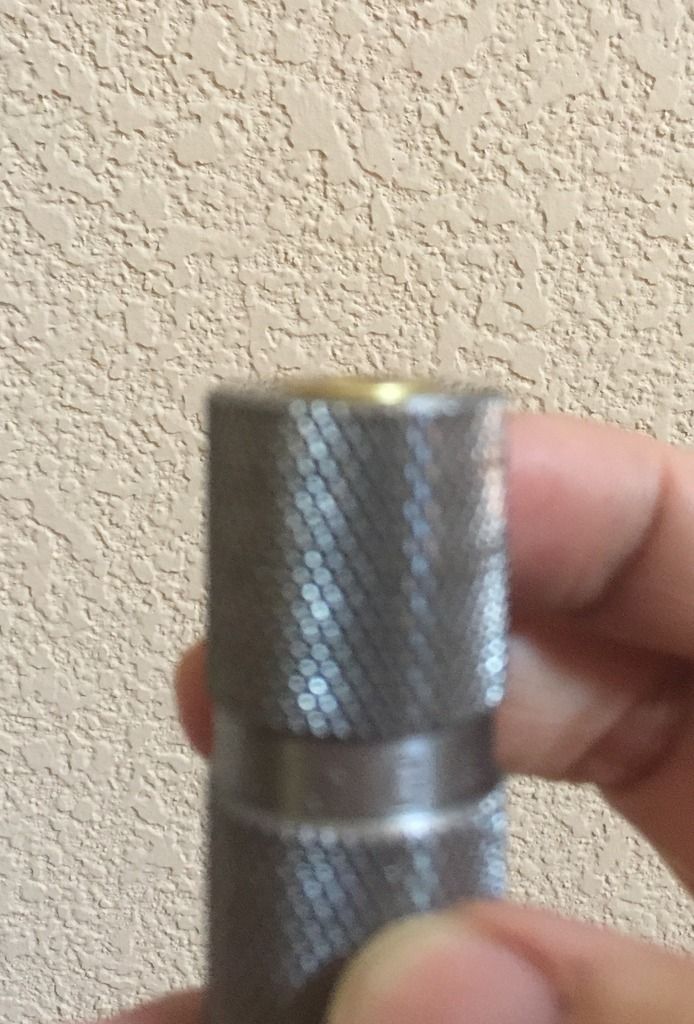Now, take this for what it's worth,
In my 16 years of military weapons training, we never had a single machine gun in the arms room that didn't have a chamber/erosion gauge,
From M16s to M60s to mini guns.
If you are talking brass,
As we have discussed endlessly,
Current military machine guns DO NOT have support in the rear of the chamber.
Tapered chambers to guide rounds into the chamber don't support the brass, and every single machine gun I'm aware/familiar with has a chamber that doesn't support the bottom 1/8 of the case.
This means Case bulge or bloat at the bottom.
The ONLY 'CORRECT' way for a home reloader to remove that bloat is to roll it out of the case, from bottom to top.
You 'Can' buy a punch press and dies to properly resize cases, but you are looking at $7,000 to $10,000 for a small punch press,
It takes a very high pressure punch press and specifically made set of dies to do things this way, and quality control is a pain in the butt.
While a case roller (Case Pro) runs about $1,100 to $1,200 for a manual unit,
About $2,000 for a powered unit.
A case roller does just what it sounds like,
Rolls the case between two dies, rolling the bulge from bottom, up the sides to the top of the case, leaving you with a case bottom/sides that are specifically resized to factory specs (or some other specification if you desire).
When the market is there, I can roll up to 250,000 cases a month, and I've done up to 500,000 cases in a month, but it's WAY more work than I want to do.
SO, you might take that for what it's worth... it's not like I'm talking out by butt about something I read about and never done.
Buying a roller will leave you butt hurt about the price,
On the other side of the coin, not only will it eliminate failure to chamber, but it resizes the extraction groove, straightens the extraction rim, rolls minor defects back in where they belong, and on smaller cases, it will push back expanded Case heads.
The driven units will do all this at 1,500 to 1,700 an hour, when it's running full speed, it's actually a full time job to keep the case feeder loaded.
For a machine gunner, that's a good thing!
Last machine gun shoot I went to we dumped about 200,000 rounds in older (less than optimum) chambers so the roller has been a real help, even though I bought it for speed gun pistols originally.
It has simply stopped failure to feed issues in everything I have dies for, from 9mm, 45acp, 40/10mm, .223/5.56, .308/7.62, and I have to run it a little slower, but .30US/.30-06
No more boogered case rims snagging on links! I like that part a bunch.
If nothing else, check out this page,
http://casepro100.com/how_it_works.ydev





